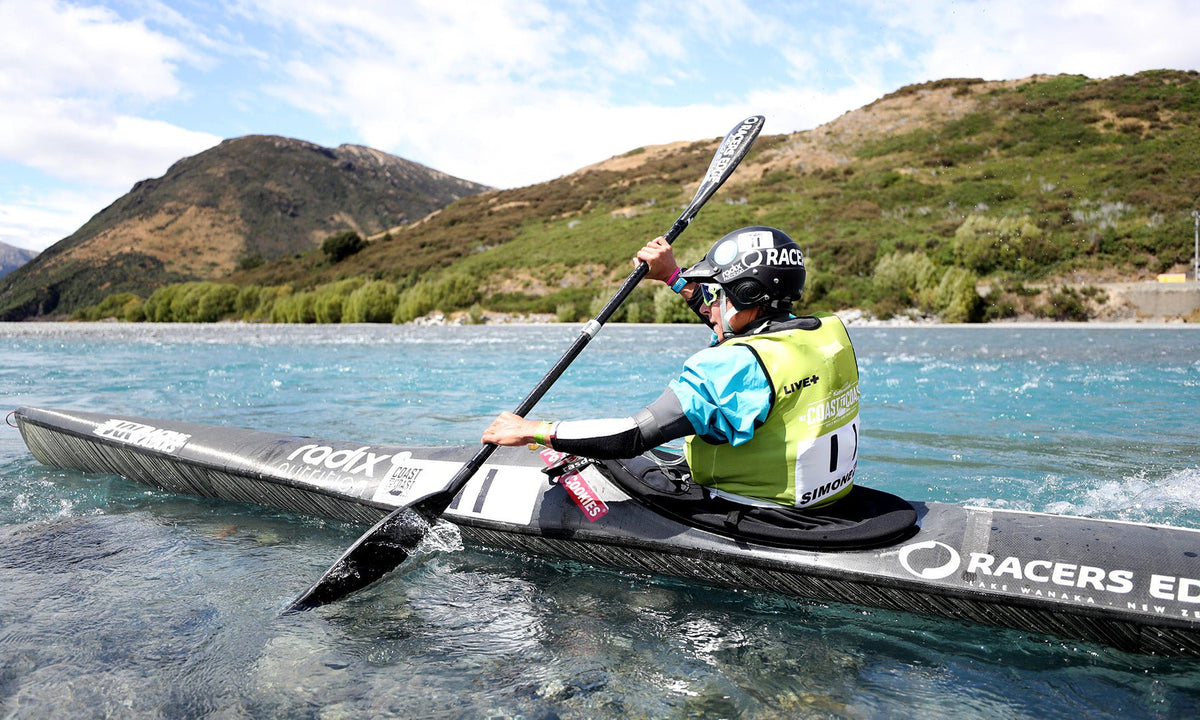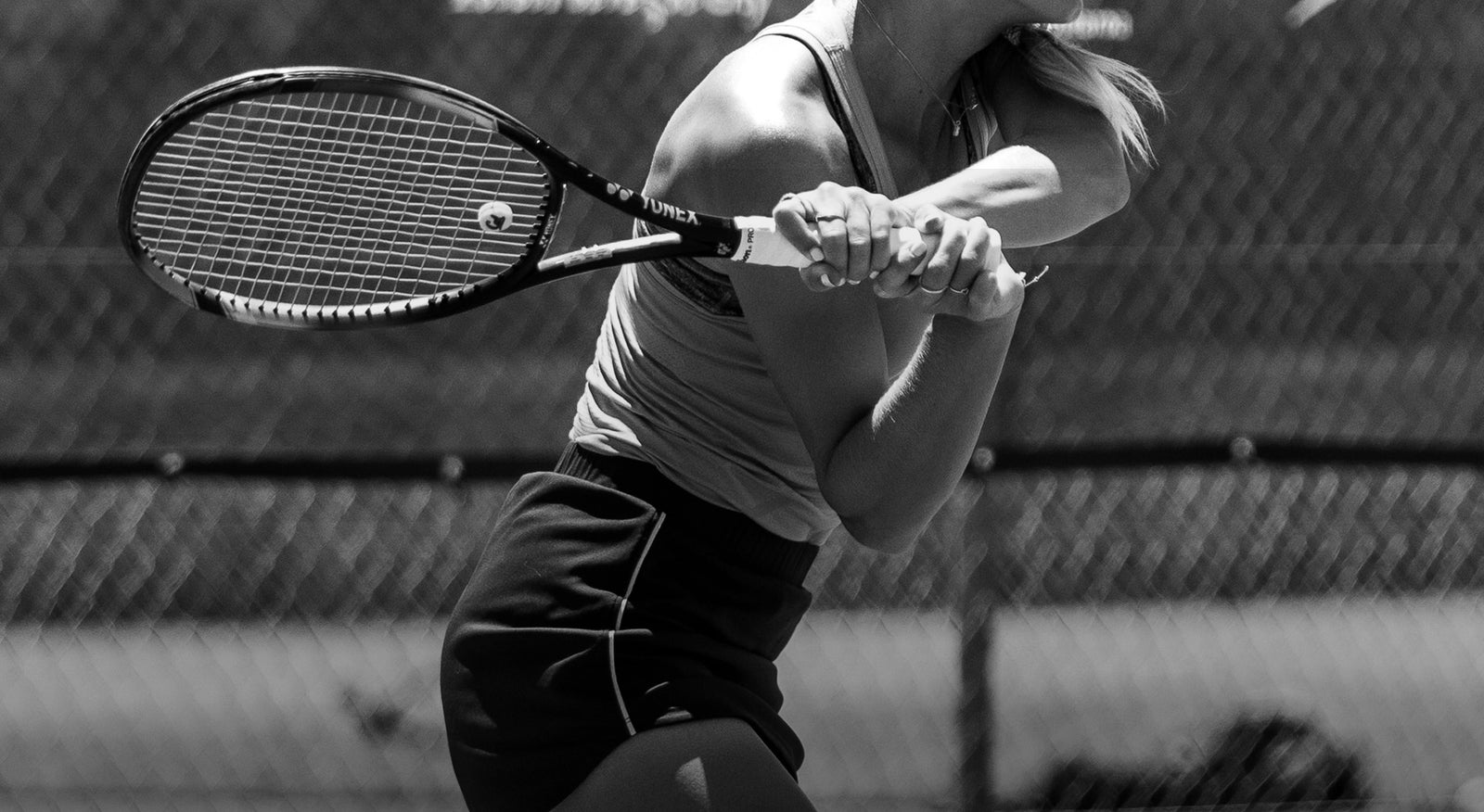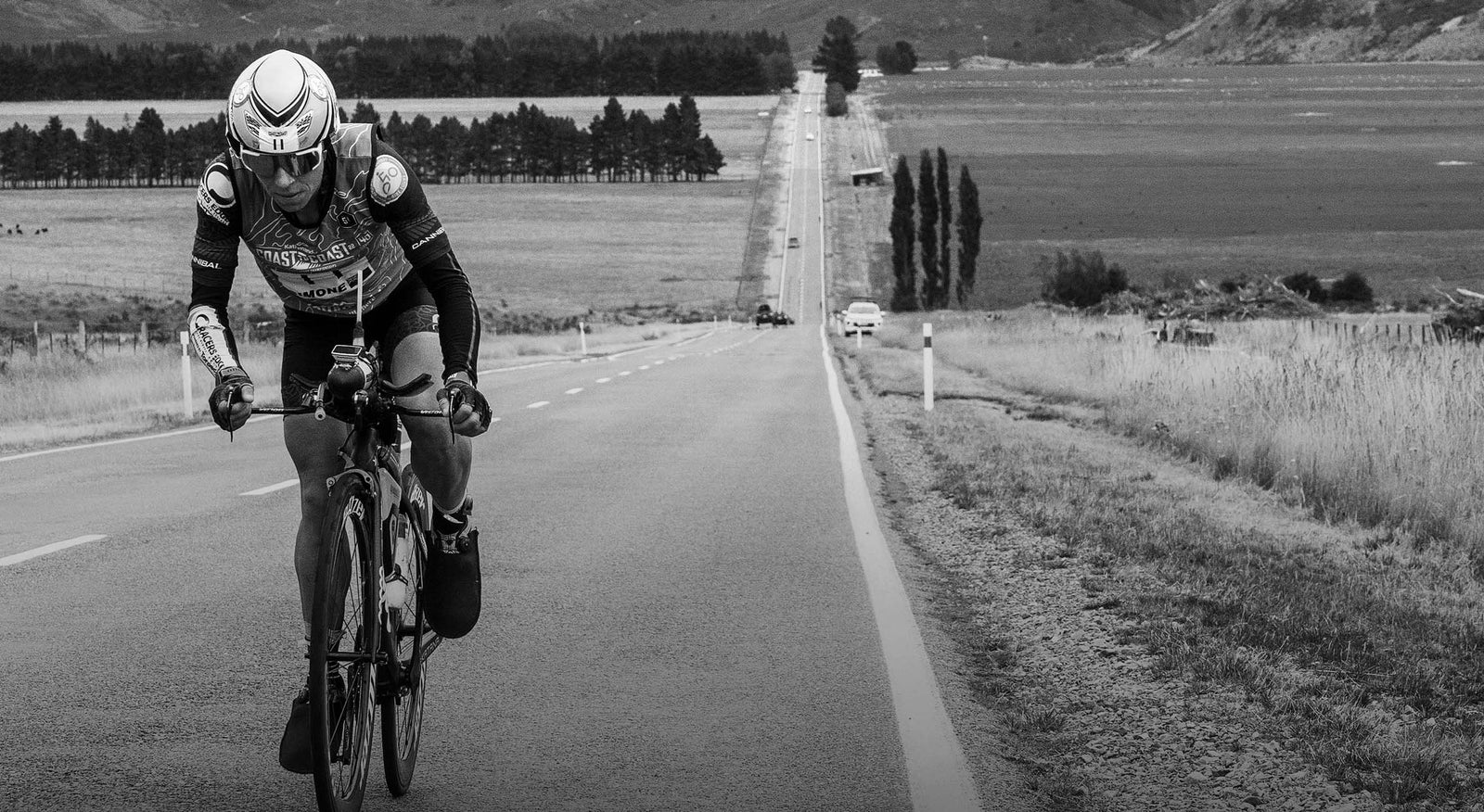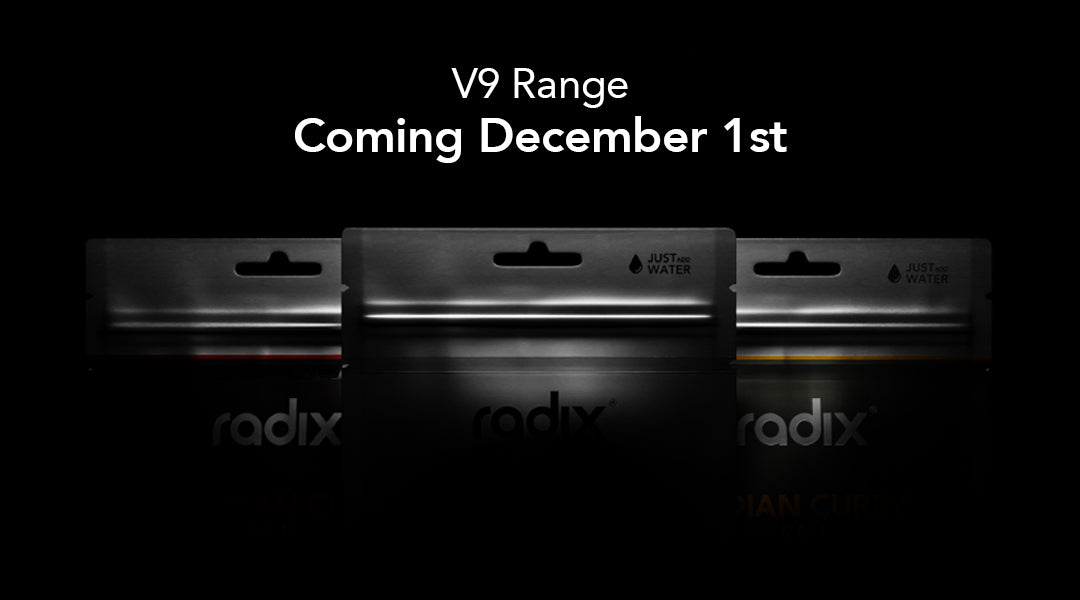Coast To Coast with Simone Maier
Fuel For Success
Prepare to perform. The right race day nutrition strategy can make or break your performance. Radix Nutrition takes you behind the scenes with Simone Maier as she shares her nutrition strategy from her 2019 Kathmandu Coast to Coast victory.
Race Day Nutrition
The following list is what Simone actually consumed on race day during each of the different stages in last year’s Kathmandu Coast to Coast (2019):
55km Bike: 1 bottle of Amino Complex, 1/2 Bottle Nuun + 1/2 of EM's power bar Goat Pass Run: 150ml Salomon Flask high solution Amino Complex, 5 Cliff Gels 1/2 Em's Power Bar. Also carried an empty cup and tried to get as much water in during the run from the streams.
15km Ride: 1 Zip log bag Kumara Mash, 3/4 bottle of Amino complex 70km Paddle: 1.5l Coca-Cola, 1.5l Pure sports nutrition, 750 ml Amino complex, 2 Em's Power Bars, 3 x Clif Blocks stuck to my kayak’s deck.
70km Final Ride: 750ml Coca-Cola, 750ml Amino complex, 150ml Coffee

"I had one of the best experiences with this meal during GODZone 2019." - Simone Maier, 2019
Race Tips
For an endurance athlete, developing your nutrition strategies will be one of the most powerful tools you can take into a competition. And, while every event is different, with new challenges, the principles may stay the same. We bring you some tips for an event as extreme as the 2020 Kathmandu Coast to Coast. And remember, always try new strategies in training before using them in competition.
Customise Nutrition & Hydration For The Type of Activity In Each Race Stage.
For an endurance athlete, developing your nutrition strategies will be one of the most powerful tools you can take into a competition. And, while every event is different, with new challenges, the principles may stay the same. We bring you some tips for an event as extreme as the 2020 Kathmandu Coast to Coast. And remember, always try new strategies in training before using them in competition.
Focus The Majority Of Calories On Carbohydrate, Supported By Small Amounts Of Protein And Fat.
In Simone’s example, she has a mixture of simple and complex carbohydrates coming from energy bars, drinks, gels, chews, kumara and Coca-Cola. The majority of Simone’s protein is coming from essential amino acids which are readily absorbed into the bloodstream.
Ensure An Optimal Level Of Carbohydrate And Calorie Intake Throughout The Event To Sustain performance.
Leading recommendations for endurance athletes suggest a carbohydrate intake of 0.5 to 1.0 g per kg of body weight per hour. For a 70 kg athlete in a 15-hour event, that works out to be 35 to 70 g of carbohydrate per hour, and approximately 2000 to 4000 calories over the whole event. You will need to experiment in training to determine the level of carbohydrates (and calories) that work best for you. Simone took in a total of approximately 3000 calories over her 13-hour event, working out at an average of around 230 calories per hour. However, as mentioned in Tip 1, she did this in an activity-specific manner.
Focus On Adequate Hydration Leading Up To And Throughout The Event To Prevent Dehydration-Associated Performance Losses And Health Consequences.
Aim to take in around 500ml to 1000ml of fluid every hour, throughout the event, and experiment to find the specific intake that works best for you. Avoid both under and over-hydration and find your optimal intake during training. Drink an electrolyte supplement, as well as water, as you will lose critical electrolytes through sweating and these must be replaced to stay properly hydrated. Simone consumed around 500ml of fluid, including sources of balanced electrolytes, per hour of her 13-hour event.
For Caffeine Users
Keep in mind once you begin using it, you may need to continue its use to avoid an energy crash (physical & mental). In Simone’s example, she has started taking Coca Cola halfway through the event and continued to use it until completion of the race.
Trial Event Nutrition During Training To Ensure It's Compatible With Your Body’s Needs.
For example, in some people, energy gels can cause digestive upset, usually due to the high fructose content. In others, digestive upset can be caused by high levels of fibre such as in bananas and certain energy bars. The best way to avoid this is to trial a range of products in the specific context you will be using them.





